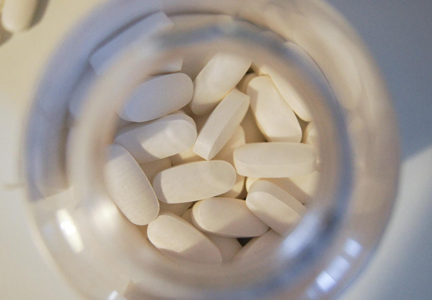
By Linda Conlin, Pro to Pro Managing Editor
This article has been updated, based on valuable reader feedback.
For years, eye doctors have been monitoring the eye health of patients who take Plaquenil (hydroxychloroquine) and Aralen (chloroquine). They understand the drugs’ associated risks to eye health. Although commonly used to treat malaria and the auto-immune diseases rheumatoid arthritis and lupus, these drugs are now being used experimentally and off-label to treat or as a prophylactic (preventative course) for COVID-19. The dosage for the untested treatment or prevention of COVID-19 is substantially higher than for the other conditions treated. Optometrists routinely monitor and treat the eye health of patients receiving normal doses for malaria, lupus or RA. They will now face a new wave of patients who may be at potential risk to vision due to these drugs.
As primary care providers, optometrists deliver an invaluable service when screening for vision issues related to hydroxychloroquine and advising the treating physician or rheumatologist with regard to the patient’s risk, safe dosing and appropriate screening procedures, and they frequently receive referrals from those same doctors. Optometrists can detect the impact of the drug on the cornea, ciliary body and retina. In the cornea, hydroxychloroquine salts are deposited in the epithelium, but rarely affect vision. The drug can also cause ciliary body dysfunction which affects accommodation, also rare. Of greatest concern are the effects on the retina, which are irreversible. Hydroxychloroquine retinopathy causes destruction of macular rods and cones, resulting in vision loss.
Studies have shown that up to 7.5% of patients who take hydroxychloroquine for lupus, rheumatoid arthritis and malaria develop vision problems or eye health issues after five years of treatment based on dosage. “But COVID-19 patients are being given roughly double this dosage, though for only 1-2 weeks,” says AAO spokesperson William F. Mieler, MD. “We don’t yet know for sure what this higher dosage will do to the eyes, as well as to the rest of the body.”
It is notable that prior to March 19 when hydroxychloroquine came to national attention as a potential treatment for COVID-19, the daily average number of first time prescriptions for chloroquine and hydroxychloroquine was 684, according to a recent article in the New York Times, but that day, the number jumped to more than 31,000. More recently, the demand for the drug has dropped amid uncertainty about its effectiveness and safety concerns with an increase of potentially deadly heart arrhythmias reported in COVID-19 patients treated with the drug. But there may be another uptick in usage since it has again gained attention, although not supported by science or FDA approval, with the belief that the drug may prevent COVID-19. Studies continue on the use of these drugs for COVID-19, and their possible side effects and impact on the eye.
Because functional damage can occur prior to structural damage, early detection is key to reducing the risk to vision, which can progress even after the drug is discontinued. When patients notice changes in their vision, they routinely see their optometrist, making those providers the front line in identifying damage from the drugs. As we plan for re-opening and the new normal in eye care, optometrists will be on the alert for patients treated with this drug at these high doses, due to the increased risk for eye health complications. Patients should seek immediate attention from an eye doctor if they are taking the drugs and notice symptoms of blurred vision, changes in color vision or loss of visual field.
For information about another threat to eye health, UV, check out our CE, The ‘A-B-Cs’ of UV and Sunwear – Part 1, at 2020mag.com/ce.










